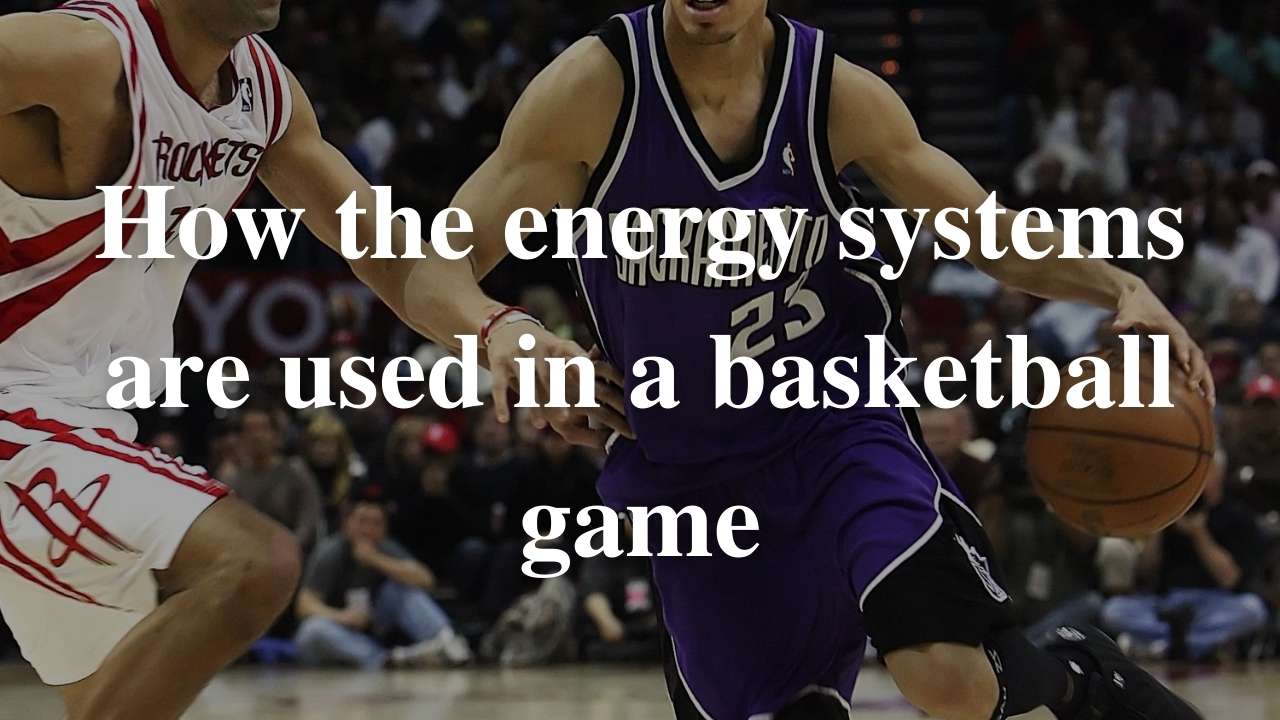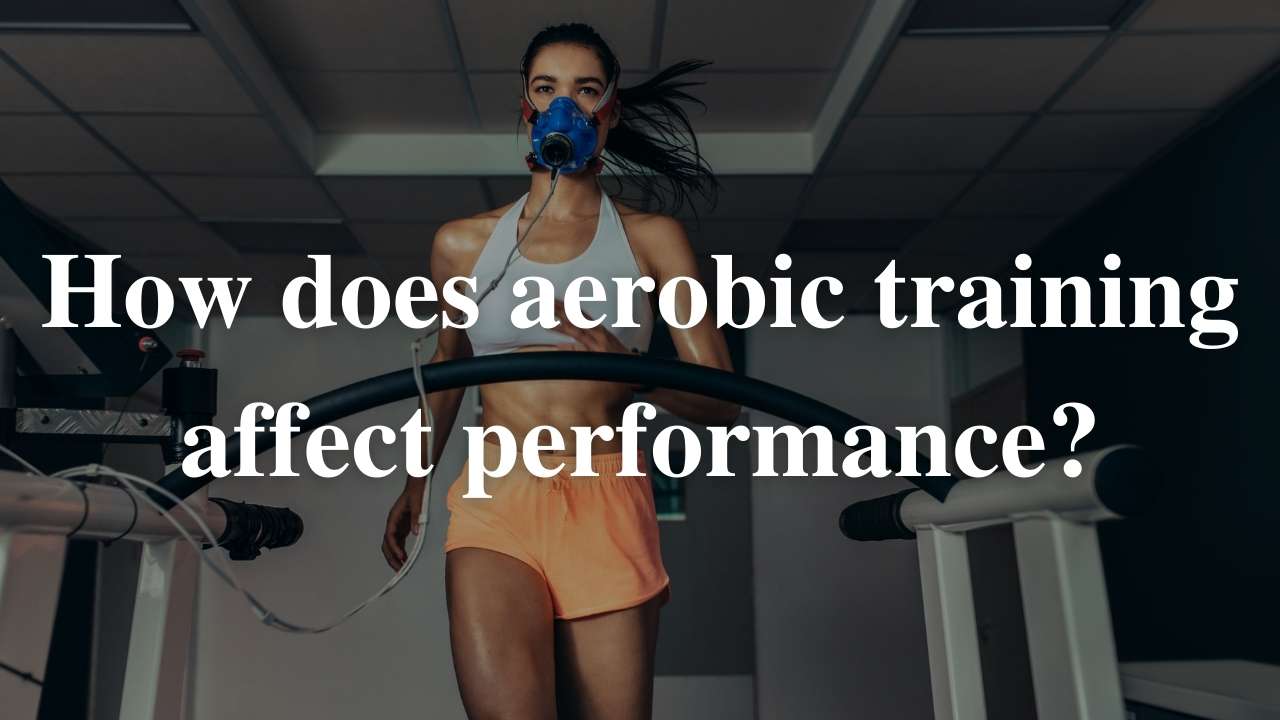Training types and methods vary and are grouped as: aerobic, anaerobic, flexibility, resistance or strength, and skill training. I thought it would be good to apply training types to the great sport of rugby league, given this is the Grand Final weekend. So what type of training best suits rugby league?
Training type
The training type best suited to any sport revolves around the major muscle groups used, the intensity and duration of the sport. Rugby league is a sport that uses the chest, back, arms, shoulders and legs as the main muscle groups. The sport has a very high intensity but is played for 80 min in 2 halves.
This means muscular endurance is vital for rugby league. This is particularly evident as the game requires constant repetition of similar movements in the major muscle groups. To have good muscular endurance a player need to be strong/powerful, have a good aerobic endurance base and great lactate thresholds. This means rugby league requires: aerobic training (particularly in the pre-season, strength training (with a focus on power), and anaerobic training (to increase the lactate inflection point and speed up recovery between muscle reuse).
Training method
The correct training method seeks to replicate the sports game scenarios. In rugby league this means lots of high intensity training followed by short breaks. This makes anaerobic interval training perfect for improving the anaerobic energy systems, speeding up their recovery and increasing the lactate inflection point.
Aerobic training should focus on long interval training or circuit training with the aim of repeating similar movements done in the sport. This is running and tackling. Our aim would be to speed up recovery during the rest periods. This will also help recovery in the anaerobic energy system.
Strength training focuses on power and stability and so free-weights are ideal. Players would develop size and strength in the off-season and develop their power in the latter pre-season and early in-season.
All training would focus on the arms, shoulders, chest, back and legs.
Affect of training on performance
Strength training affects performance by increasing muscular power and muscular endurance. This allows the player to repeat tackles frequently, hit the line with speed and power through line or carry defenders with them.
Aerobic training affects performance by allowing the player to recovery from anaerobic burst faster and allows the player to continue at higher intensities for longer. This means the rugby league player can still sprint in the 79th min and still make repeated tackles late in the game.
Anaerobic training affects performance by allowing the higher intensity activities of the sport to be repeated for longer and higher intensities. This means the Rugby league player can sprint and tackle more frequently and repeat theactivity with power and strength. It helps delay fatigue this improving performance at the end of the match.






